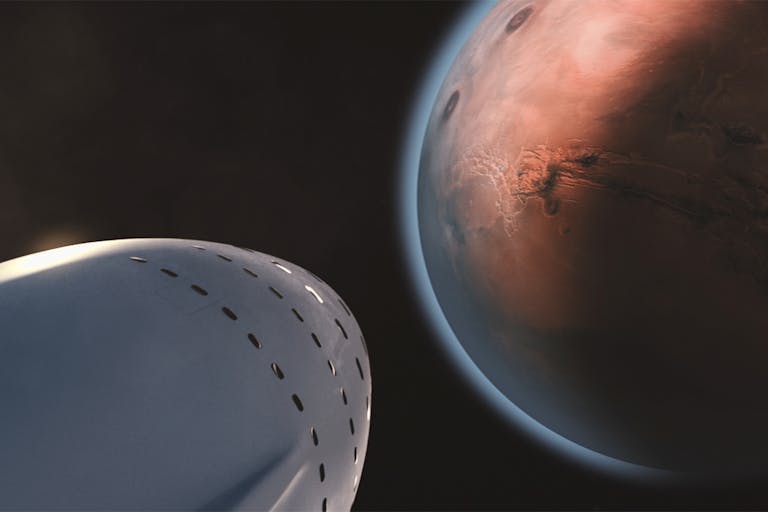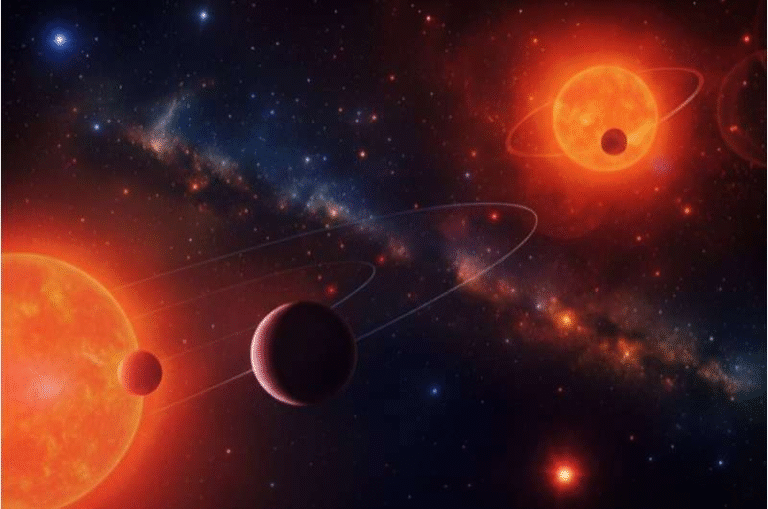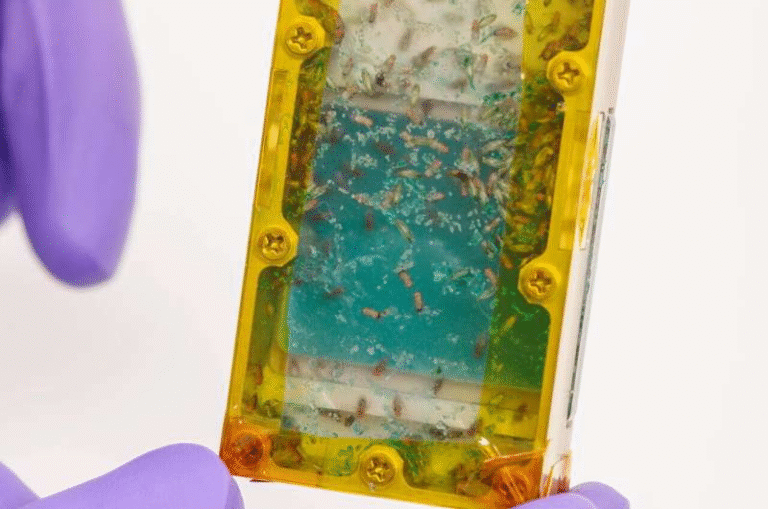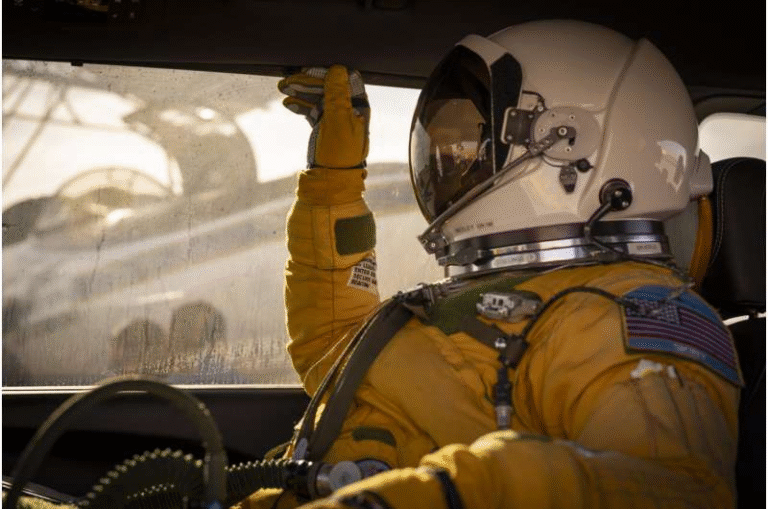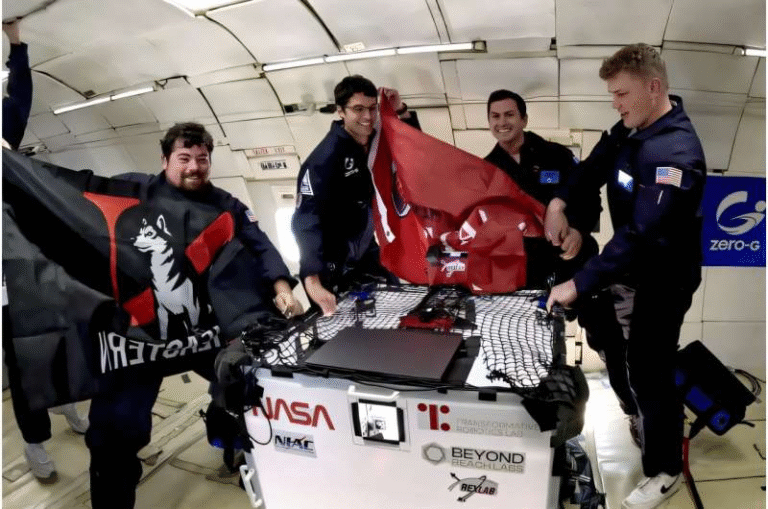New Adaptive Optics Could Transform Gravitational-Wave Astronomy
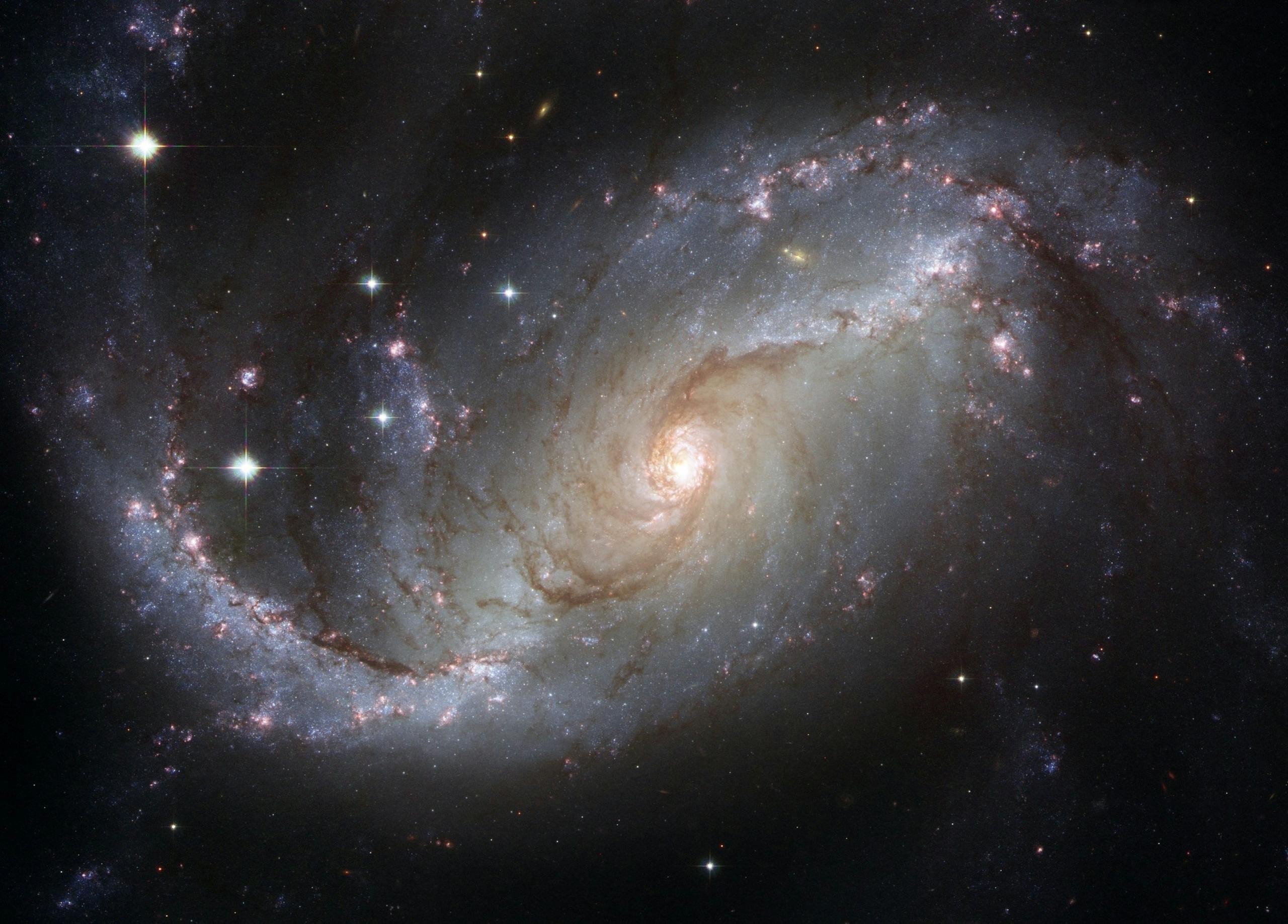
A team of physicists led by Jonathan Richardson at the University of California, Riverside has unveiled a breakthrough in laser instrumentation that could push gravitational-wave astronomy into a new era. Their innovation, called FROSTI (FROnt Surface Type Irradiator), is a precision adaptive optics system designed to handle the immense technical challenges faced by observatories like LIGO (Laser Interferometer Gravitational-Wave Observatory).
This development is more than just an upgrade—it addresses a fundamental problem in high-power interferometry and sets the stage for the next generation of detectors, such as LIGO A# and the ambitious Cosmic Explorer project.
What LIGO Does and Why It Matters
LIGO is a large-scale physics experiment that detects gravitational waves, ripples in spacetime produced by violent cosmic events like colliding black holes or neutron stars. These signals are incredibly faint, requiring extraordinary precision.
The observatory consists of two facilities in the United States, each with two 4-kilometer-long interferometer arms. Laser beams bounce between mirrors at the ends of these arms, and when a gravitational wave passes through, it subtly changes the distance between the mirrors. Detecting these minuscule changes allows scientists to study astrophysical phenomena otherwise invisible to telescopes.
The first detection of gravitational waves in 2015 confirmed predictions from Einstein’s Theory of General Relativity and opened a new observational window into the universe. Since then, LIGO and its partners (such as Virgo and KAGRA) have identified dozens of black hole mergers and other cosmic collisions.
The Problem: Extreme Precision Meets Extreme Power
LIGO’s mirrors are among the most precisely engineered optical components ever built. Each is 34 centimeters across, 20 centimeters thick, and weighs about 40 kilograms. These mirrors must remain stable to detect distortions in spacetime as small as one-thousandth the width of a proton.
But there’s a major obstacle. To improve sensitivity, LIGO requires more powerful lasers. High laser power reduces quantum shot noise but introduces another issue: thermal distortions. Even tiny amounts of heat absorbed by the mirrors from megawatt-class laser beams can deform their surfaces, warping the wavefronts of the light and corrupting the delicate signals.
Traditional thermal compensation systems—like ring heaters or compensation plates—can correct some distortions, but only at a coarse level. They are unable to handle higher-order distortions or subtle edge effects. If the optical surfaces are even slightly deformed, the signal clarity drops, limiting how far into the universe detectors can “listen.”
Enter FROSTI: A Smarter Way to Correct Distortions
FROSTI is designed specifically to overcome this challenge. Rather than simply blasting the mirror with generalized heating, it uses a sophisticated thermal projection system to apply finely tuned, higher-order corrections.
Here’s how it works:
- Positioning: The system is placed in vacuum, roughly 5 centimeters in front of the mirror surface, just outside the mirror’s diameter.
- Heating method: Instead of heating the entire mirror uniformly, FROSTI projects a customized radiation pattern that selectively heats portions of the mirror’s front surface.
- Absorption depth: The thermal energy is absorbed within micrometers of the surface, which makes it ideal for reshaping distortions caused by intense laser heating.
- Correction scale: It can correct distortions on spatial scales of just 2–5 centimeters, particularly those near the mirror edges, where traditional systems struggle.
- Noise control: A critical design requirement is keeping displacement noise extremely low. Any instability or fluctuation in heating could mimic the signal of a passing gravitational wave, so the system’s relative intensity noise (RIN) has to be tightly controlled.
In essence, FROSTI reshapes the mirror back to its original, ideal profile without introducing excess noise into the system.
Demonstration and Results
The prototype FROSTI device was tested on a 40-kilogram LIGO mirror. According to the study, it successfully applied the necessary higher-order wavefront corrections under conditions that simulate megawatt-level laser powers.
Key findings include:
- FROSTI demonstrated that it could deliver precision corrections that traditional systems cannot.
- It achieved these results while introducing extremely low additional displacement noise—a crucial factor for real-world use in gravitational-wave observatories.
- Simulations show that with such a system in place, residual wavefront error could be reduced to below 10 nanometers RMS across the mirror aperture.
This is a significant milestone because it proves that adaptive optics can scale to meet the demands of next-generation interferometers.
Why This Matters for the Future
The implications of this technology are enormous. Gravitational-wave astronomy is still young, and each technical improvement expands the cosmic horizon we can study.
For LIGO Upgrades
- FROSTI is expected to be incorporated into LIGO A#, a planned upgrade that builds upon the current LIGO A+ system.
- The new actuator helps balance the tension between using higher laser power (to reduce quantum noise) and maintaining undistorted optics.
- With FROSTI, LIGO could detect more distant events with greater clarity, potentially uncovering details about the population of black holes and neutron stars in the universe.
For Cosmic Explorer
- The Cosmic Explorer project envisions detectors on a much larger scale—40-kilometer arms instead of 4 kilometers, and mirrors weighing up to 440 kilograms.
- Scaling FROSTI technology to work with these massive optics is a key step in making Cosmic Explorer viable.
- With such instruments, astronomers could see 10 times deeper into the universe, capturing millions of events across cosmic history.
Challenges Still Ahead
While the prototype results are promising, several challenges remain:
- Noise suppression: Maintaining stability in heating patterns is crucial, since any noise could masquerade as a real gravitational-wave signal.
- Error signals: Real-time feedback systems need to be developed so FROSTI can adapt dynamically to distortions as conditions change.
- Scalability: The technology must be adapted to much larger mirrors while preserving its low-noise performance.
- Integration: FROSTI will need to work in harmony with other thermal compensation and quantum noise reduction systems already used in LIGO.
A Quick Refresher: Gravitational Waves and Why We Care
Since we’re diving into the technical side, it’s worth pausing for a moment to recap why gravitational-wave detection is so important.
- Gravitational waves are ripples in spacetime caused by accelerating massive objects—think black holes colliding, neutron stars merging, or even the aftershocks of the Big Bang.
- First predicted by Einstein in 1916, they weren’t directly observed until 2015.
- Unlike light, gravitational waves pass through matter virtually unhindered, carrying pristine information about their sources.
- This makes them an entirely new channel for exploring astrophysics and cosmology.
With advanced detectors, scientists can probe questions like:
- How do black holes form and evolve?
- What happens in the extreme environments of neutron star collisions?
- Can we detect signals from the early universe, beyond what light-based astronomy can reach?
The answer to these questions could reshape our understanding of physics itself.
Looking Ahead
The research team stresses that the current FROSTI prototype is only the beginning. New versions are already being designed to handle more complex optical distortions and to integrate smoothly into upgraded gravitational-wave observatories.
The long-term vision is that technologies like FROSTI will serve as the R&D foundation for the next two decades of gravitational-wave science. With instruments like Cosmic Explorer on the horizon, the timing is critical.
By tackling the optical challenges of megawatt laser power today, physicists are laying the groundwork for a future where we can routinely observe events from across the universe, with unmatched fidelity and reach.
Final Thoughts
This new adaptive optics breakthrough isn’t just an incremental improvement—it represents a transformational step. Gravitational-wave astronomy has already changed our view of the cosmos, and with technologies like FROSTI, the best is yet to come.
